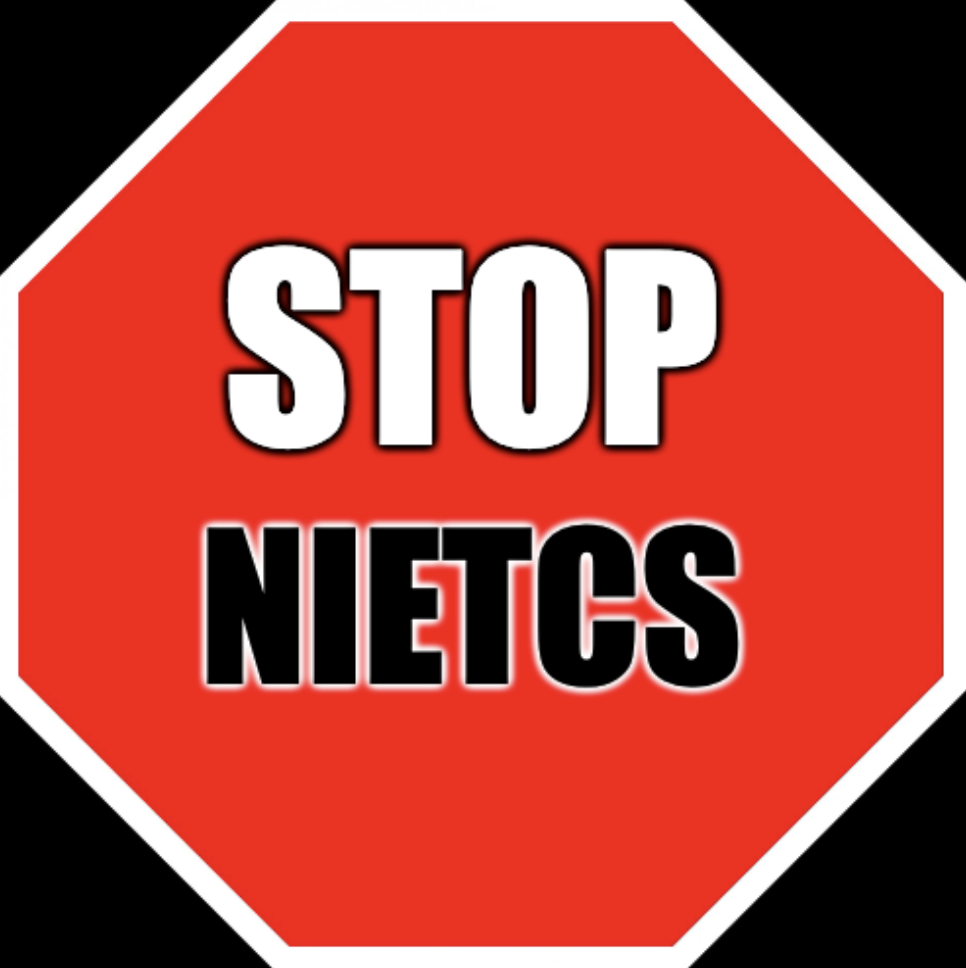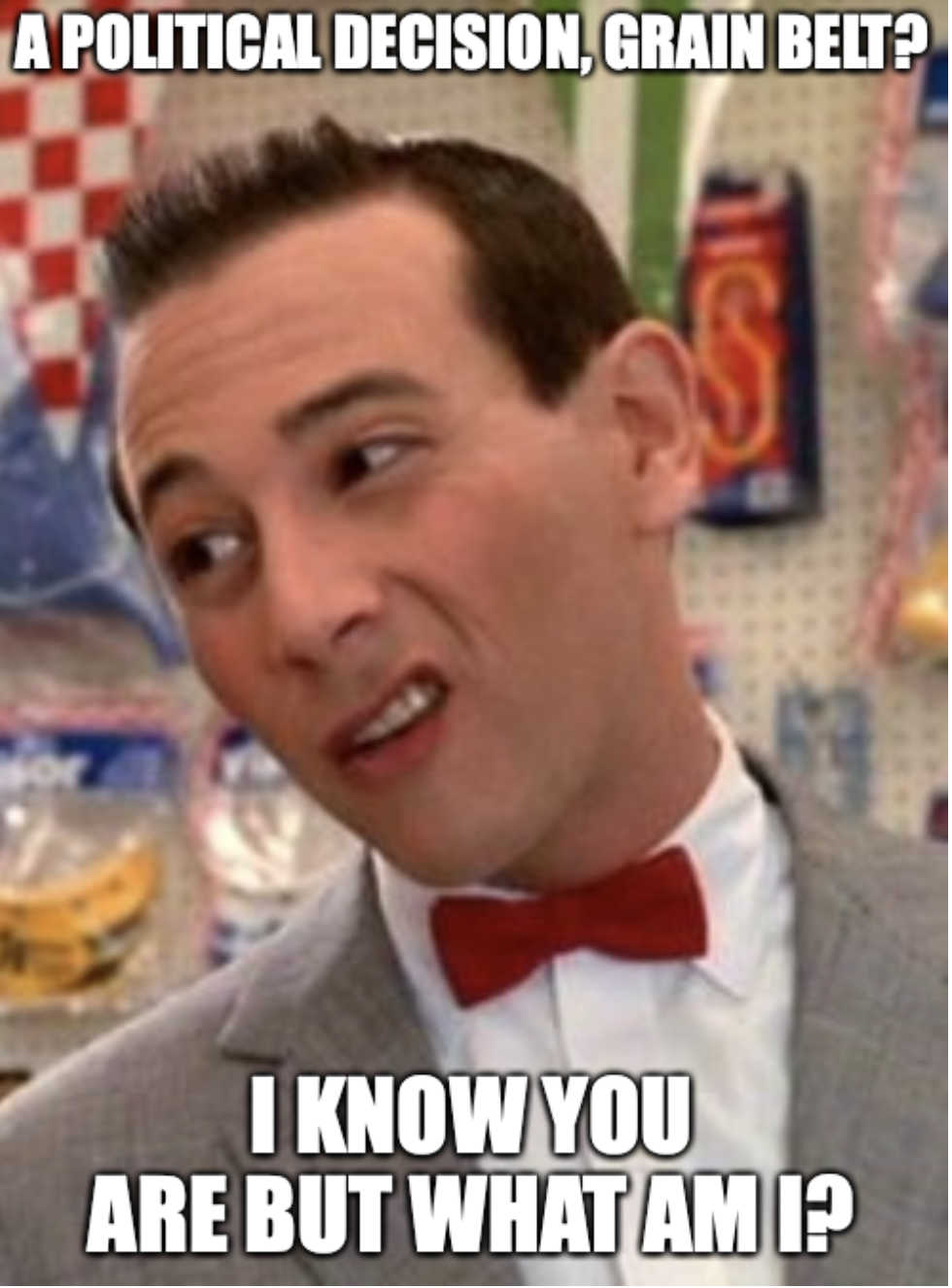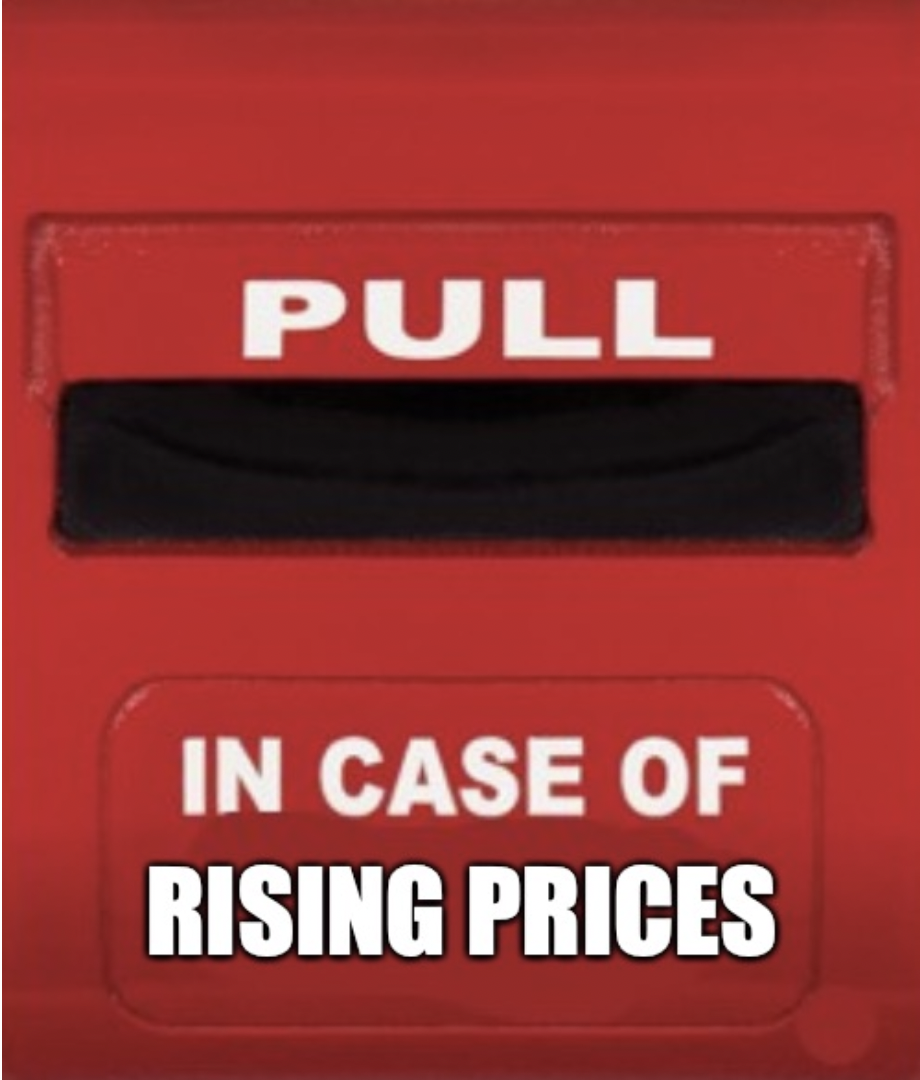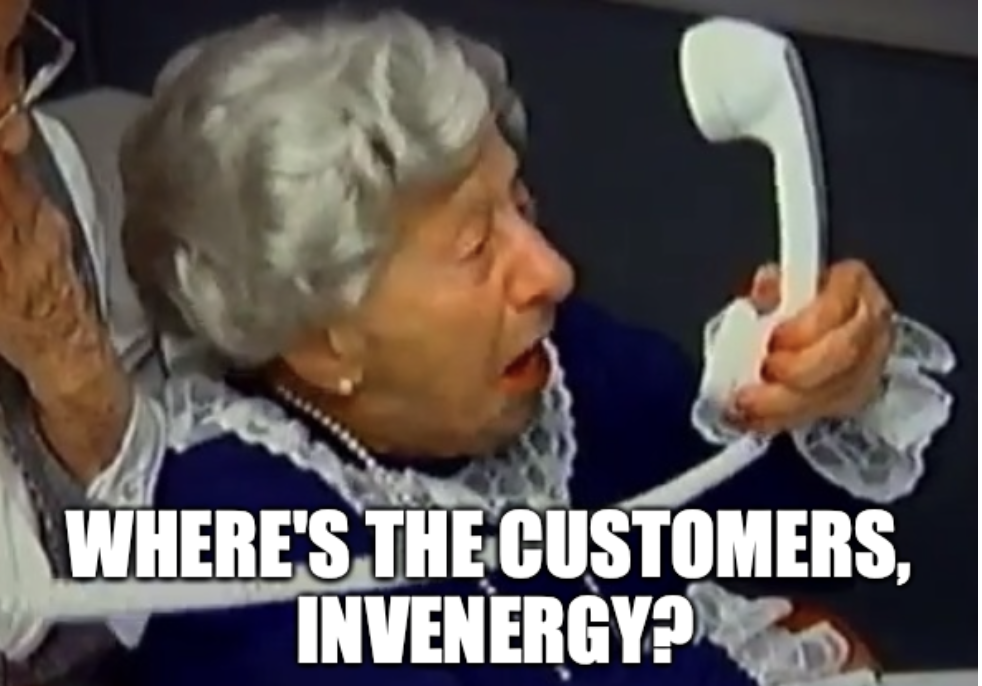But then something happened... the data centers needed more resources than Loudoun County had. Now, normal people in that situation would begin building the resources needed to feed their cash cow, but that's not how things are done in Loudoun. Loudoun continued to build its data centers and expected the needed resources would come from neighboring states just like magic. Except importing those resources come with consequences, like new transmission extension cords. Perish the thought! Transmission lines are fine for those other states that still *gasp* burn coal to create electricity to power Loudoun's data centers, but they absolutely cannot happen in Loudoun! Loudoun is ruled by the rich and powerful, don't cha know, and they absolutely cannot be burdened with anything so ugly and gauche as an electric transmission line bringing power to their data centers.
So the rich and powerful grabbed their government servants by the scruff of their necks and demanded that the government make the bad stuff go away... or else!
The Loudoun County government and local elected officials began holding secret meetings with NextEra, other transmission companies, PJM, and Western Loudoun's Sacred Cows to find a way to push the transmission nasties out of Loudoun. After all, aren't those other states lesser trash cans in service of the rich and powerful in Loudoun? When other citizens who would be impacted by a transmission line re-route asked to be included in the meetings, they were purposely excluded. And wouldn't you know it... that's exactly where the MARL transmission line ended up... on the property of the landowners who tried to be included in the secret government meetings. Loudoun County met with and did the bidding of a handful of rich and powerful citizens to TAKE property from other citizens not as fortunate. Pepe' Le Pew tells me that kind of discrimination stinks to high heaven!
The re-route will cost everyone in PJM an additional $167M to spare the sacred cows in Loudoun. Loudoun thought nothing of this, even though other towns who ask for transmission siting concessions are usually required to pay the difference.
I'm starting to understand why Loudoun is the wealthiest county in the U.S. -- it doesn't pay its own way. Loudoun County takes from neighboring states like a parasitic worm.
And now here they go again, with another transmission line that Loudoun County has demanded be buried for a short section that abuts another group of Sacred Cow homes. That's all fine and good, but the burial is going to cost an additional $423M, a project cost increase of 61%! Between these two transmission projects, saving Loudoun will cost electric consumers in other states more than half a billion dollars!
And who pays for that? Every last electric customer in the PJM region. Both of these projects that disturb Loudoun's delicate sensibilities are regional reliability projects that are charged 50% to all PJM consumers based on their load share ratio, and the other 50% is charged to the "users" of the project, which spreads to neighboring states like West Virginia, Pennsylvania, and Maryland. Virginia is only paying a portion of the cost of the new transmission extension cords to serve their data centers. Any increase in costs will come out of the pockets of everyone in the PJM region.
So, how does Loudoun County think the burial of transmission lines near Landsdowne should be paid for?
As for the excess cost, the County believes that a special customer class, made up of high-wattage customers, would be proper for the Commission to consider. The increase in electrical demand can be directly traced to the connection of an identifiable class of such high-wattage users to the grid. It is in the public interest for the Commission to shift the cost of undergrounding some of these lines to the high-wattage customers creating the demand for them.
It's all over Buddy Rizer's testimony. And for the rest of us who don't benefit from Loudoun's data centers, or keeping Loudoun free from invasive transmission projects, it's positively revolting!
| buddy_rizer_testimony |
The citizens of Loudoun County are expressing significant concern about the impact that further above-ground transmission lines will have on their community. With hundreds of miles of these lines already crisscrossing the County, citizens are hoping for a thoughtful approach to future development. Numerous comments from the community reflect a growing movement to explore alternatives to traditional transmission lines. Organizations such as the Lansdowne Conservancy, Waterford Foundation, Loudoun Transmission Line Alliance, and Piedmont Environmental Council have organized public meetings to oppose these proposals, driven by a strong desire to prevent overhead transmission lines from dominating the landscape and causing irreparable harm to historic, economic, and natural resources in Loudoun. The community opposition was key in PJM’s decision to approve an alternate route for delivery.
WHAT MEASURES CAN BE TAKEN TO PROTECT LOUDOUN COUNTY’S SCENIC ASSETS FROM THE IMPACT OF HIGH-VOLTAGE POWER LINES?
Where appropriate and feasible, undergrounding may provide a reliable and long- lasting energy transmission solution that is less prone to outages with minimal disruption to the look and feel of the community at large. This approach will preserve the landscape for current and future residents and maintain the history and beauty of the County. Additionally, it supports a reliable and sustainable path forward as Virginia works to meet its energy production and transmission goals. By placing power lines underground, impact to scenic assets can be minimized while ensuring a resilient and efficient power infrastructure.
It's about time that Loudoun started shouldering its own data center burden. The data center transmission problem is completely of Loudoun County's making. It could end it in a hot minute by putting a moratorium on data centers. It could also solve it by building some new electric generators in Loudoun near the data centers. Why don't you do these things instead of taking from neighboring states to fill your own coffers, Loudoun County? Solve your own problem! Your neighbors are quite sick of your hubris. Here's a little advice from one of your favorite people!









 RSS Feed
RSS Feed